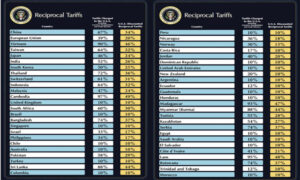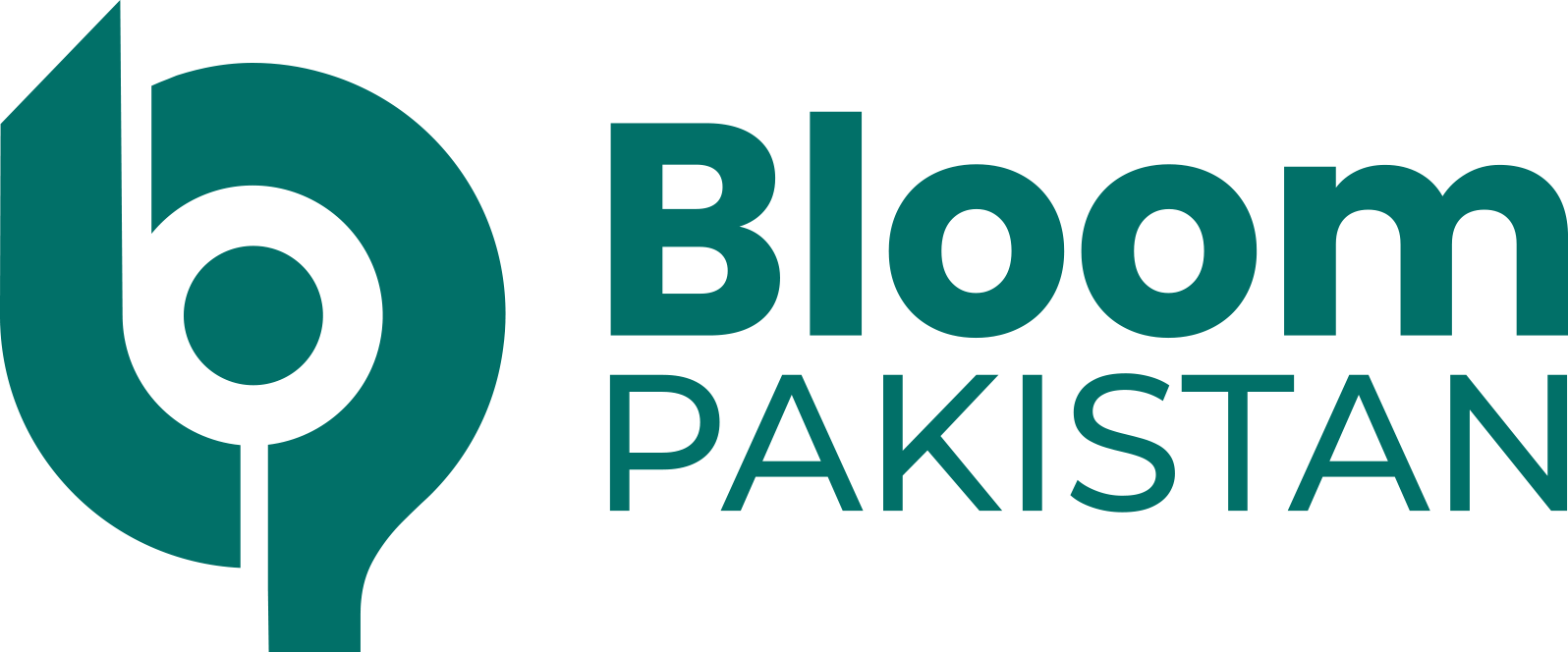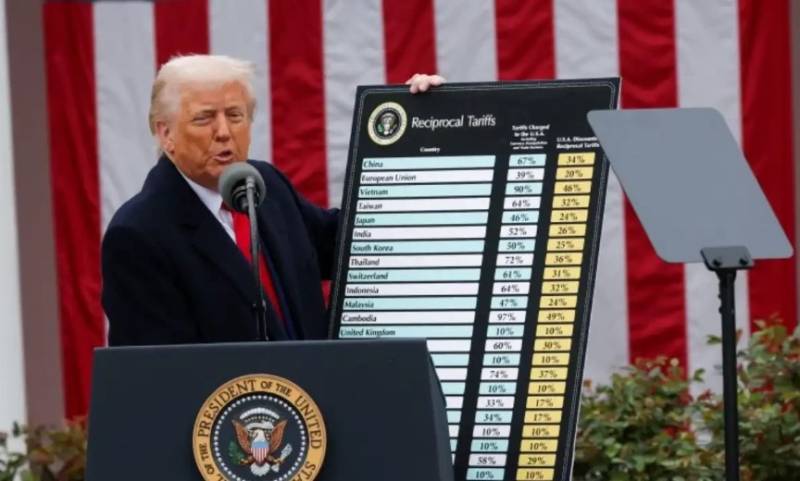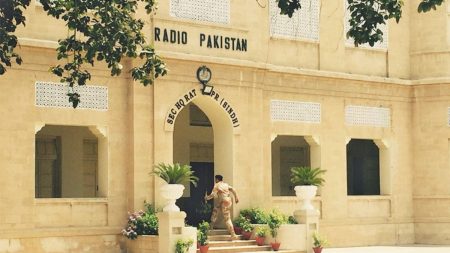Islamabad, Apr 3, 2025: Pakistan’s exports to the United States, which were valued at nearly $6 billion, now face a potential threat due to the latest tariff adjustments announced by former US President Donald Trump.
The newly imposed tariff rate has surged to 29%, a sharp rise from the previous preferential rates of 4-5% granted under the Generalized System of Preferences (GSP).
This unexpected increase will make Pakistani goods significantly more expensive for American consumers. However, Pakistan may still hold an edge over some regional competitors.
Despite the tariff hike, Pakistan’s cost advantage remains favorable when compared to countries like Vietnam (17%), Indonesia (3%), Cambodia (20%), China (25%), and Bangladesh (8%).
On the other hand, it lags behind India (3%), Turkey (19%), Jordan, Egypt, and several Central American nations (6%).
“Trade negotiations will determine the ultimate impact, but experts anticipate a decline in exports to the US.”
Among the most affected Asian countries are Cambodia (49%), Vietnam (47%), and Myanmar (44%), which is already dealing with the aftermath of a major earthquake.
Read More: Govt Tightens Solar Panel Rules & Net-Metering Post-Budget
Meanwhile, Lesotho, a small African nation, faces the highest tariff rate of 50%, drawing attention due to Trump’s past comments about its obscurity.
Pakistan’s textile sector, which forms the bulk of its exports to the US, is likely to bear the brunt of this tariff hike.
In 2023, Pakistan exported $5.01 billion worth of goods to the US, with textiles contributing the most.
Key export segments include miscellaneous textiles ($3.87 billion), knit or crochet apparel ($785.8 million), leather garments and accessories ($591.8 million), and cotton-based products ($1.03 billion).
The 29% duty could reduce the competitiveness of these items against more affordable alternatives.
However, Pakistan could still gain an advantage over countries like Vietnam, Bangladesh, and Sri Lanka, which are facing even steeper tariff increases.

If these nations struggle to meet demand, Pakistan may capitalize on the situation.
Meanwhile, Turkey and some Far Eastern economies might also benefit from the trade shifts, depending on their ability to fill the supply gap.
Critics argue that Trump’s tariff calculations are flawed, relying on arbitrary formulas rather than genuine trade data.
Some figures appear exaggerated, such as a purported 64% tariff rate for Indonesia, despite no such official rate existing.
Furthermore, the tariff model fails to consider the US’s substantial surplus in services trade, further skewing the rationale behind these duties.
As US import costs rise, American consumers may explore alternative suppliers or domestic production. Essential goods without substitutes will likely see sharp price hikes.
Pakistan’s textile industry, already facing economic instability and high energy costs, now has an additional challenge in maintaining its foothold in the US market.
Despite these hurdles, the situation also presents opportunities.
With Bangladesh facing even steeper tariffs, Pakistan could retain a competitive position in select categories.
To mitigate the impact of US duties, Pakistan may explore new trade routes through China and Iran.
More insights into government policies and export strategies are expected in the lead-up to the 2025-26 federal budget.









